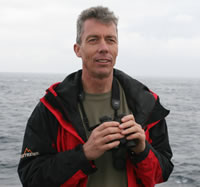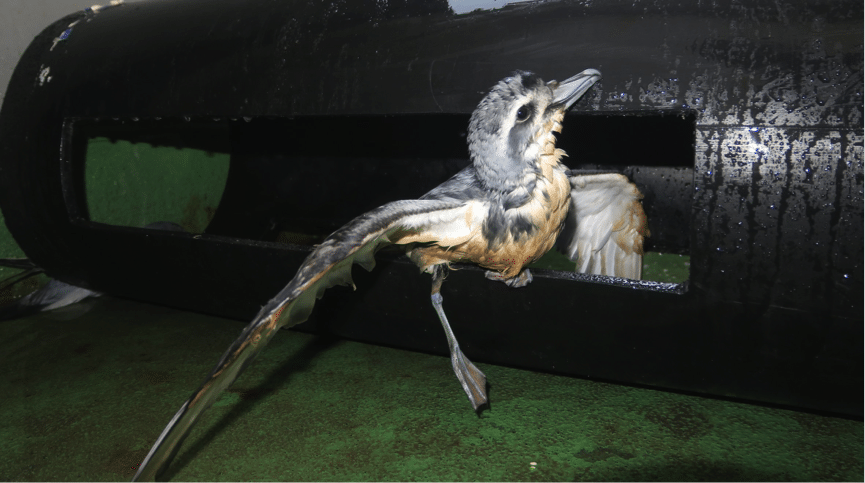 By Peter Ryan, onboard scientist, expert in general ornithology, seabird-fishery interactions, evolutionary ecology, marine debris, solid waste management, biology of oceanic islands.
By Peter Ryan, onboard scientist, expert in general ornithology, seabird-fishery interactions, evolutionary ecology, marine debris, solid waste management, biology of oceanic islands.
Leg 1, Marion Island – December 2016.
The first port of call on leg 1 of ACE was Marion Island, the larger of the two Prince Edward Islands. The islands are important breeding sites for a 27 species of seabirds: more than 40% of all Wandering Albatrosses, as well as substantial populations of four other albatross species, four penguins, 14 petrels and storm petrels, two terns, and one cormorant, skua and gull. Three bird species are confined to the south-west Indian Ocean islands: the Crozet Shag, Kerguelen Tern and Lesser Sheathbill. Despite the typical Marion weather, those ACE expeditioners fortunate enough to go ashore could see many of these species in their breeding habitat, and even those confined to the ship were able to see most species on the island or passing nearby the ship.
Unfortunately, not all people were content to view the wildlife from a distance; a drone approached within metres of a group of King Penguins on Boulder Beach, despite the use of drones over the island being prohibited. Also, lighting on the main deck resulted in ten Salvin’s Prions and one Common Diving Petrel coming aboard the vessel at night. Two prions had the waterproofing on their feathers damaged by oily deck water. The Prince Edward Islands are afforded the highest level of legal protection as nature reserves under South African law. All people aboard the Akademik Tryoshnikov have an obligation to uphold the regulations of the Prince Edward Islands Specially Protected Area, and to minimize the impact of their activities on the islands’ wildlife.
